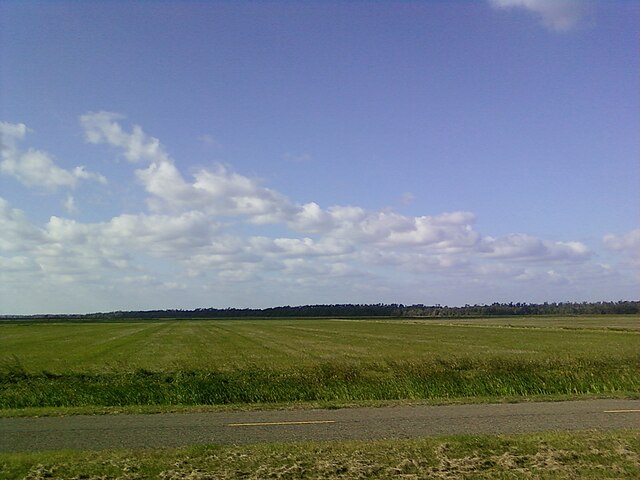The Texas ratoon or second rice crop is homing in but could slash drastically unless researchers combat rice delphacids.
Researchers at the Texas A&M AgriLife Research and Extension Center at Beaumont so far are making efforts to contain the invasive pest.
The team cites that two insecticides in use are apparently not perfect, hence the need to explore extra solutions.
As a result, ratoon yields this season could decline by 40 to 50%, per Dr. Steve Liscombe, executive director at The Rice Foundation, via Spectrum Local News.
Ratoons are shoot regrowths that succeed the first harvest typically around August, and produce Texas’ second typical long grain rice harvest.
But since 2015, delphacids have been invading mainly this secondhand crop on the Texas Rice Belt.
Lying on the upper coast, the belt occupies some 75,000 hectares at peak years, according to the Texas Agriculture Department .
The toll of rice delphacids on such a huge swathe is usually visible because the pests cause ‘hopper burn’ after sucking grain nutrients.
Originally from Latin America and the Caribbean, the pest also causes stalks to collapse and spreads the rice hoja blanca virus.
EPA Pesticide Exemption, Average Crop
The U.S. Environmental Protection Agency (EPA) in October 2025 authorized the use of a rare pesticide, giving hope for average seasonal yields.
Following the permission, farmers can spray 170,000 acres of rice fields in 19 state counties with Endigo®ZCX.
Counties that enjoy the quarantine exemption to use the pesticide include Austin, Jefferson, Colorado, Wharton, among 16 others.
And despite the devastation, forecasts were putting August yield rates at 8,000-9,000 pounds an acre, versus 7,670 pounds in 2023.
The only shortcoming this time round is that cultivated area was down 6,000 acres, to about 143,000 acres.
Harvest pressure also downed rice prices in August to about $12.75 a hundredweight (cwt), versus at least $14/cwt in other seasons.
The planted area could still expand by at least 20,000 acres in 2026 owing to heavy saturation on abandoned fields. For similar bits on production averages, skim the statistics section below.
Texas Rice Statistics
Texas originally started commercial rice production in 1863, although the crop had reached its shores from Madagascar around 1685. In the early years, the state was the second biggest source of rice in the United States after Louisiana. Today, however, the state ranks 5th nationwide, with an output topping 14.6 million hundredweight (CWT), as of 2020. The below production table is an interpretation of data by the National Agricultural Statistics Service (NASS):
| Year | Total Harvest [cwt] |
| 2024 | 9.94 million [NASS estimate] |
| 2023 | 11 million |
| 2022 | 12.1 million |
| 2021 | 12.4 million |
| 2020 | 14.6 million |
| 2019 | 10.9 million |
How large is the rice acreage in Texas?
In 2023, Texas had a rice harvested area totaling 142,560 acres. Its planted area however sometimes hits 184,000 acres, mainly in the upper coast (the Texas Rice Belt).
Is rice a lucrative produce for TX?
TX earns around $145 million from its rice industry each year, per the Texas Agriculture Department.
